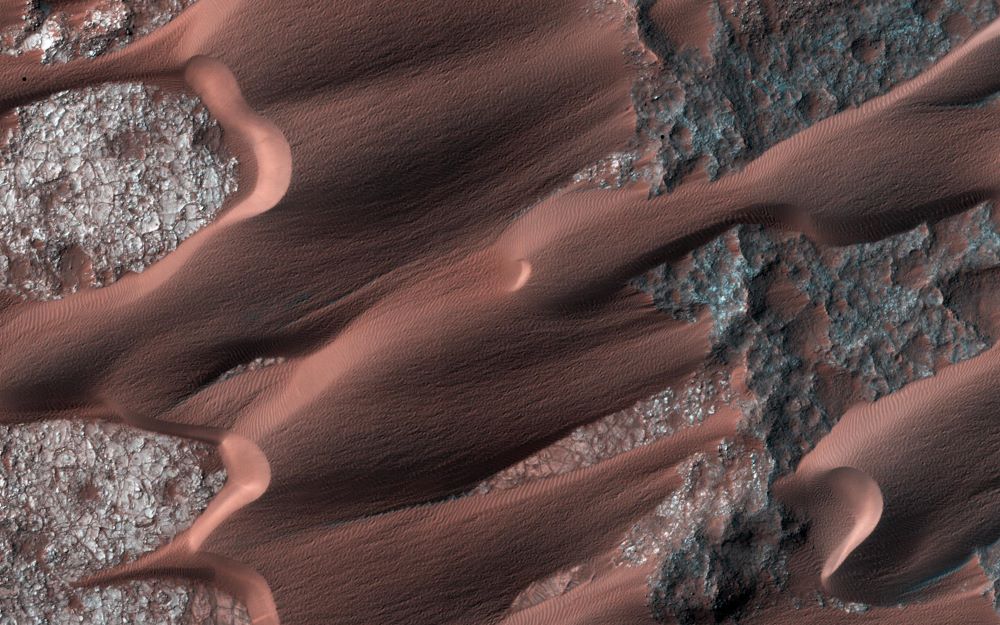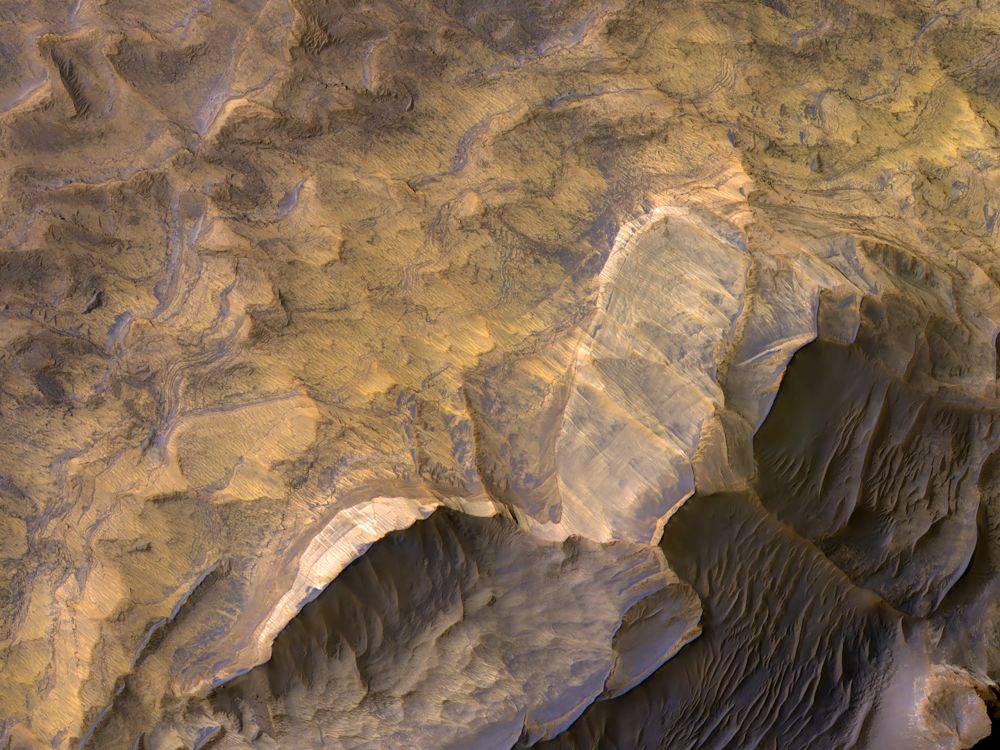A recent study published in the journal Geology attempts to interpret the patterns of dunes, which are sand mounds frequently formed by aeolian (wind) processes and range in size from small ripples observed on beaches to massive structures observed in the desert. Specifically, the researchers focused on patterns of dune crestlines, which are the top of the dunes. Different dune crestline patterns might appear as mundane features, but their formations are often the result of a myriad of influences, including climate change, surface processes, and atmospheric phenomena.
Continue reading “Interpreting Dune Patterns: Insights from Earth and Mars”Interpreting Dune Patterns: Insights from Earth and Mars


